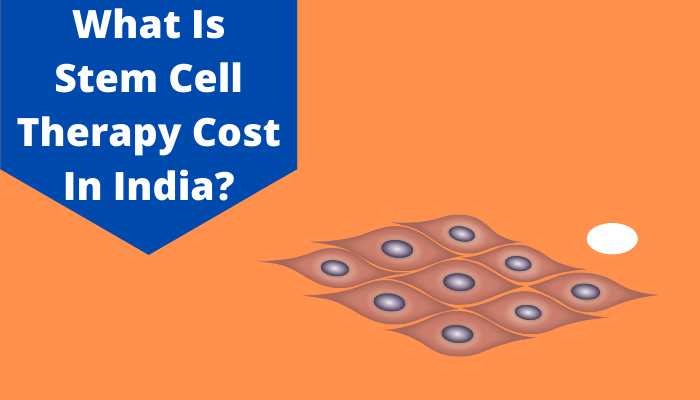A Guide To Health Insurance Deductions Under Section 80C, 80CCC, 80CCD & 80D
As a tax-paying Indian, you should have adequate knowledge regarding Section 80C, Section 80 CCC, Section 80 CCD, and Section 80D. These sections help you to enjoy the benefits of tax savings from your income. Based on the investment type, these deductions are classified. All these deductions come under the Chapter VI A of the Income Tax Act, 1956. If you have firm knowledge regarding these deductions, then by knowing your tax liability you can plan your finances in a better way.
In the article, we are going to mention all these deductions precisely so that you can secure your future.
Health Insurance Tax Deduction Under Section 80 Deductions
1. Health Insurance Tax Deduction Under Section 80C
An individual can get tax relief by Rs. 1.5 Lakh by making various investments under Section 80 C. But only an individual or HUF can initiate tax relief under the section. Though the maximum deduction is limited to Rs. 1.5 Lakh, there is no minimum limit.
The investments under 80C deductions are:
| Investment | Description |
| Employee Provident Fund | Both employer and employee donate an equal amount (12% of basic salary) |
| Public Provident Fund | This long-term investment option is offered by the government of India |
| Equity Linked Savings Scheme | This open-ended mutual fund invests primarily into equities for higher returns and offers tax benefits |
| National Savings Certificate (NSC) | A secure savings scheme provided by the postal department |
| National Pension Scheme | Voluntary retirement saving scheme by the government of India |
| Unit Linked Insurance Plan (ULIP) | A long-term investment goal along with life cover |
| Fixed Deposit | A tax-saving fixed deposit with a lock-in period of 5 years |
| Sukanya Samriddhi Yojana | Open an account in your girl child’s name to any bank or post office |
| Housing | Repayment of home loan principal and expenses |
| Tuition Fees | Any approved school, college, or university for a maximum of 2 children. |
2. Health Insurance Tax Deduction Under Section 80CCC
Under this section, a person can enjoy a deduction of up to Rs. 1.5 Lakh for the amount paid towards a LIC annuity plan or any other insurance company.
Certain points to remember:
- Interests or bonuses that you can get from this plan will not be eligible for deductions
- The amount received after the surrender of the plan is taxable
- The pension amount received is also taxable
3. Health Insurance Tax Deduction Under Section 80CCD
Under this popular tax-saving scheme, any Indian (between the age of 18 to 65) can utilize the benefits of tax savings. This plan is made up of two Government pension schemes: National Pension Scheme (NPS) & Atal Pension Yojana (APY).
Section 80CCD (1): This tax deduction section is applied to all the employees of Central Government/Other/ Employer/Self-employed. Salaried employees can get a maximum deduction of 10% of their salary. Self-employed taxpayers may see a deduction of 10% of gross income.
Section 80CCD (2): This section conveys the employer’s contribution toward NPS. An employee is eligible to make a deduction claim if his or her employer makes a payment to the employee’s NPS account. The boundary is 10% of the employee’s salary.
Section 80CCD (1B): An additional tax benefit of Rs. 50,000 is possible under Section 80CCD (1B) for NPS investments. Thus, the total tax savings may go up to Rs. 2, 00,000.
Let’s understand all these deductions with Nirbhay’s example.
Nirbhay works with a reputed private company and earns Rs. 10.5 lakhs per year. During this financial year, his earnings from his savings account are Rs. 15,000. He has a fixed deposit (FD) from which he earns Rs. 13,000 annually. Nirbhay has invested Rs. 50,000 in Public Provident Fund (PPF) and Rs. 20,000 in tax-saving mutual funds.
In the last year, he paid a premium of Rs. 80,000 for a life insurance policy, and also, paid Rs. 10,000 for retirement planning.
Nirbhay’s Income
Salary: Rs. 10, 50,000
Savings account: Rs. 15,000
FD: Rs. 13,000
Total annual income: Rs. 10, 78,000
His Deductions
80C: Rs. 1,50,000 (PPF + ELSS + Insurance policy)
80CCC: Rs. 10,000 (for retirement)
80CCD: 50,000 (NPS+APY)
4. Health Insurance Tax Deduction Under Section 80D
This section minimizes a person’s tax liability by lessening his/her taxable income. If you purchased health insurance for yourself and your family members. You are paying premiums for the same, then this amount will be subtracted from your taxable income. But it won’t be deducted from your overall payable tax amount. Depending on your age, you can get benefits under Section 80D. There are three ways in which Section 80D works.
Health Insurance Deduction in Income Tax
- You may save Rs.25, 000 under section 80D of the Income Tax Act by giving health insurance premiums for yourself, spouse and dependent children. If your parents are less than 60 years of age, then you may get an additional deduction of Rs. 25,000 for insurance of parents. So, your total deduction is Rs 50,000.
- If your parents are above 60, then you can enjoy a rebate in income tax. Under this scenario, the deduction amount is Rs 50,000. So, you can raise a claim of a total deduction of Rs 75,000 from which Rs 25,000 is on the premium you paid for yourself, your spouse and dependent children and the remaining Rs 50,000 on the premium you paid for your senior parents.
- If you (taxpayer) and your parents are 60 years or above, then you will get the maximum deduction under this section. The deduction amount can go up to Rs.1 lakh (Rs 50,000+Rs 50,000).
Conclusion
These are various tax-saving ideas that you must know to strengthen your future. Choose your investment schemes wisely, save tax, and enjoy a scintillating future.





























13 thoughts on “A Guide To Health Insurance Deductions Under Section 80C, 80CCC, 80CCD & 80D”
Comments are closed.